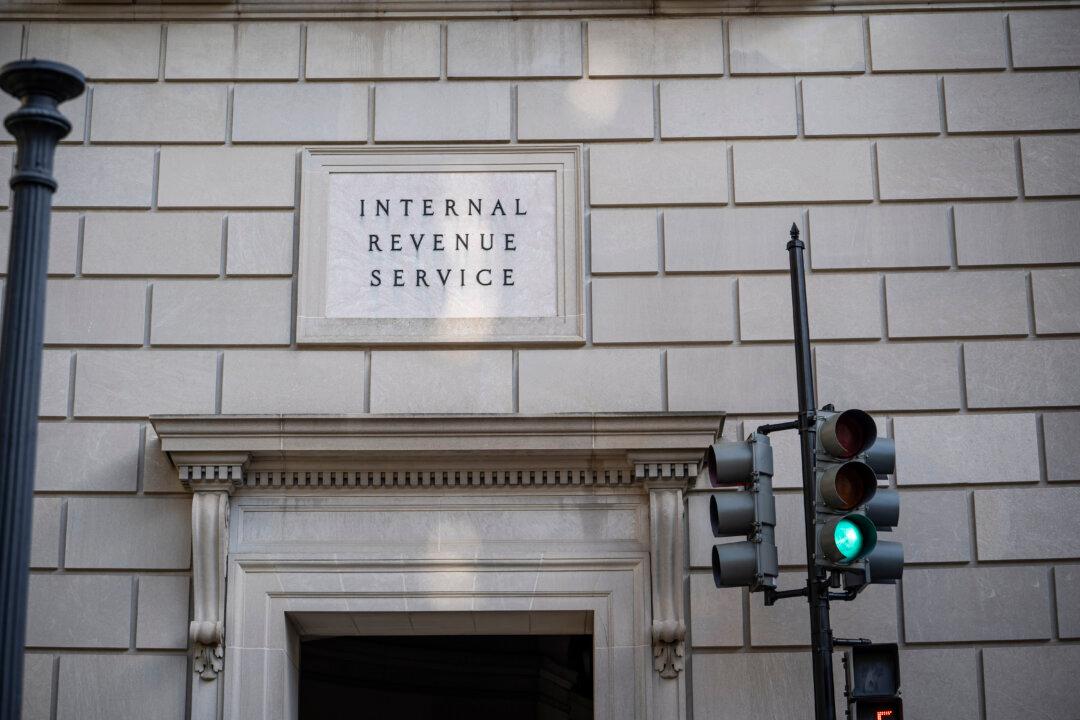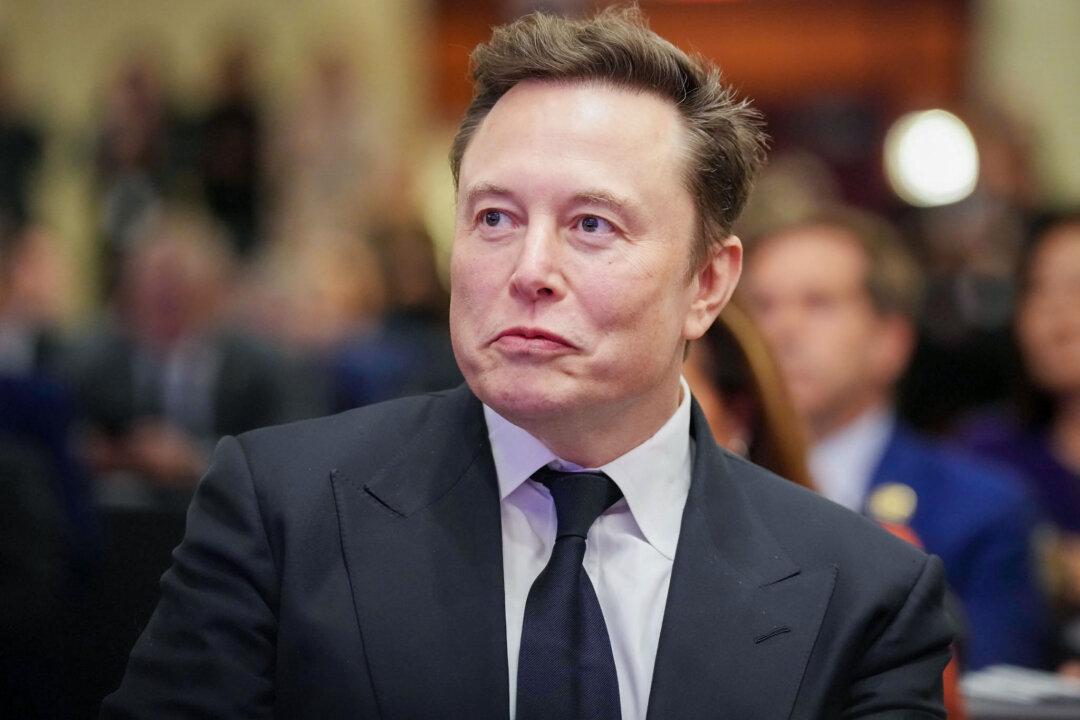The price of oil plunged by over 1.5 percent and gasoline futures similarly dipped lower intraday on Sept. 7, as Saudi Arabia slashed prices of Asian crude supply and lackluster economic recovery in China clouds expectations for a pickup in demand.
Saudi Arabia, the world’s top oil exporter, cut its official October selling price for the Arab Light crude it sells to Asia by the most since May. Analysts said markets see the price dip as a sign that the oil demand rebound may be stalling amid broader economic recovery uncertainty in China and India, the world’s biggest oil consumers after the United States.
“The decrease was interpreted by the markets as a sign that the demand recovery in the region, home to the second and third largest oil consumers, is running out of steam,” said Rystad Energy analyst Paola Rodriguez-Masiu.
China slowed its oil imports in August, with recent data showing its economy is struggling to bounce back amid continued COVID-19 wariness. China’s retail sales slipped in July, while the factory sector’s recovery remained tepid.
“Despite narrowing declines in investment, consumption remained weak, highlighting the lasting economic shock from the coronavirus pandemic,” said Zhang Yi, chief economist at Zhonghai Shengrong Capital Management.
In August, the Organization of the Petroleum Exporting Countries (OPEC) and their allies, known as OPEC+, eased their production cuts to 7.7 million barrels per day after global oil prices lifted off their historic lows, boosting global crude supplies.
Russia, meanwhile, is working with Syria to restore around 40 energy facilities in Syria, including offshore oil fields, according to Russian Deputy Prime Minister Yuri Borisov, raising the prospect of another boost to the world’s oil supply glut.
Global oil demand may not get back to pre-COVID-19 levels for another two to three years, Russian Deputy Energy Minister Pavel Sorokin told the Rossiyskaya Gazeta newspaper.





